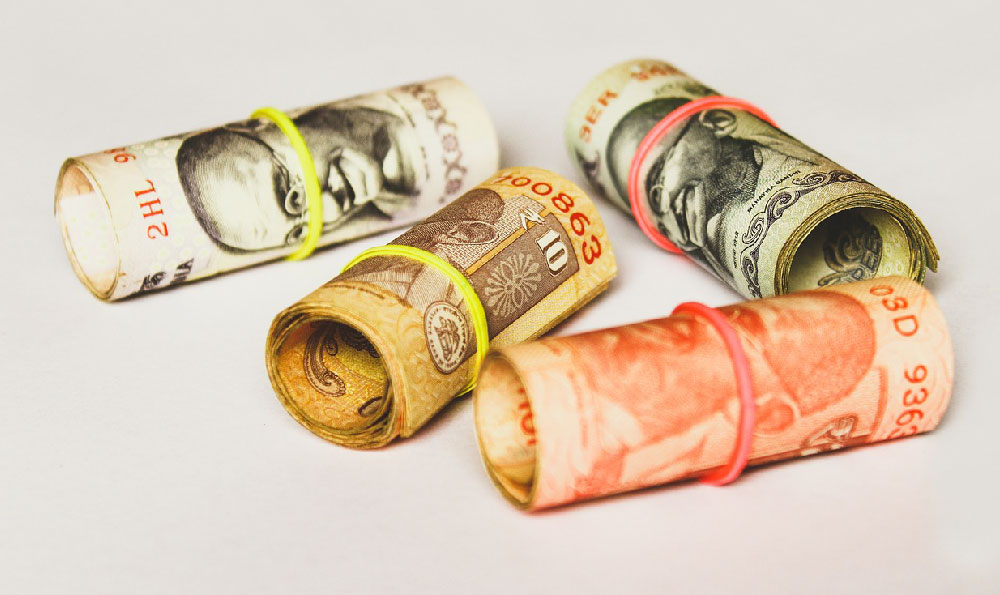How Do Casinos Profit From Poker, And Why Should You Care?
Casinos, often perceived as establishments solely focused on games of chance, have integrated poker into their repertoire, not as a game of pure luck, but as a strategic offering that contributes significantly to their revenue. Understanding how casinos profit from poker, and why it matters to both casual and serious players, unlocks a deeper understanding of the poker ecosystem and allows for more informed decision-making within it.
Unlike games like blackjack or roulette, where the casino has a built-in house edge against every player, poker pits players against each other. The casino's role is that of a facilitator, providing the space, equipment, and staffing necessary to host the games. Consequently, the primary source of casino revenue from poker isn't derived from directly winning against players. Instead, casinos primarily profit through two key mechanisms: the rake and tournament entry fees.
The rake is a fee charged by the casino on each hand played in a cash game. It's typically a percentage of the pot, capped at a certain amount. For example, a casino might take 5% of the pot, up to a maximum of $5. The rake ensures a consistent income stream for the casino, regardless of who wins or loses in the individual hands. The rake varies depending on the stakes, the location, and the specific policies of the casino. Higher stakes games generally have higher rake amounts, reflecting the larger pots and potential for increased revenue.

Tournament entry fees are another significant revenue generator. When a poker tournament is organized, players pay a fee to participate. This fee is then split into two portions: the prize pool, which is distributed among the top finishers, and the casino's cut, which represents their profit. For instance, a tournament with a $100 entry fee might allocate $90 to the prize pool and $10 to the casino. The casino's portion covers the costs associated with running the tournament, including staffing, marketing, and facility usage, and provides a profit margin.
Understanding the rake and tournament fees is crucial for players because it directly impacts their profitability. A high rake can significantly erode the winnings of a skilled player, especially in low-stakes games. In such environments, even consistent winners may find it difficult to overcome the rake and generate a substantial profit. Similarly, high tournament entry fees can make it more challenging to achieve a positive return on investment. Players should carefully evaluate the rake structure and fee structure of different casinos and poker rooms before deciding where to play. This assessment should factor in not only the percentage taken but also the cap and the overall game conditions.
Beyond the direct revenue from the rake and tournament fees, poker also indirectly benefits casinos by attracting players who might then participate in other casino games. A player who comes to a casino to play poker may also decide to try their luck at the blackjack tables, slot machines, or other games of chance. Poker players often bring friends and family who may not be interested in poker but are drawn to the overall casino atmosphere. This cross-pollination of players contributes to the casino's overall revenue stream.
Furthermore, poker rooms often have amenities like bars and restaurants, which generate additional revenue through food and beverage sales. Players often spend money on drinks and snacks while playing poker, adding to the casino's bottom line. These ancillary revenue streams further contribute to the profitability of poker for casinos.
Why should you care about how casinos profit from poker? Firstly, understanding the rake and tournament fees empowers you to make informed decisions about where to play. By comparing the rake structures and fee structures of different casinos, you can choose the options that offer the best value and maximize your chances of profitability.
Secondly, awareness of the casino's revenue model can influence your playing strategy. Knowing that the casino is taking a percentage of each pot can motivate you to play more aggressively and focus on winning larger pots, thereby mitigating the impact of the rake. In tournaments, understanding the distribution of the prize pool and the casino's cut can help you adjust your strategy to maximize your chances of cashing in and achieving a positive return on investment.
Thirdly, understanding the indirect benefits that poker brings to casinos can provide insights into the overall poker ecosystem. Knowing that casinos rely on poker to attract players to other games can help you appreciate the value of poker as a strategic offering and understand why casinos are willing to invest in maintaining and promoting poker rooms.
Finally, recognizing the casino's role as a facilitator rather than an opponent can help you maintain a healthy perspective on the game. Unlike games against the house, poker is a game of skill where you are primarily competing against other players. By focusing on improving your skills and strategies, you can increase your chances of success and enjoy the game while minimizing the impact of the casino's revenue model.
In conclusion, casinos profit from poker primarily through the rake and tournament entry fees, and indirectly through attracting players to other casino games and generating revenue from ancillary services. Understanding these revenue streams is essential for players to make informed decisions, optimize their playing strategies, and appreciate the role of poker within the broader casino environment. By being aware of the casino's perspective, you can become a more informed and successful poker player.















